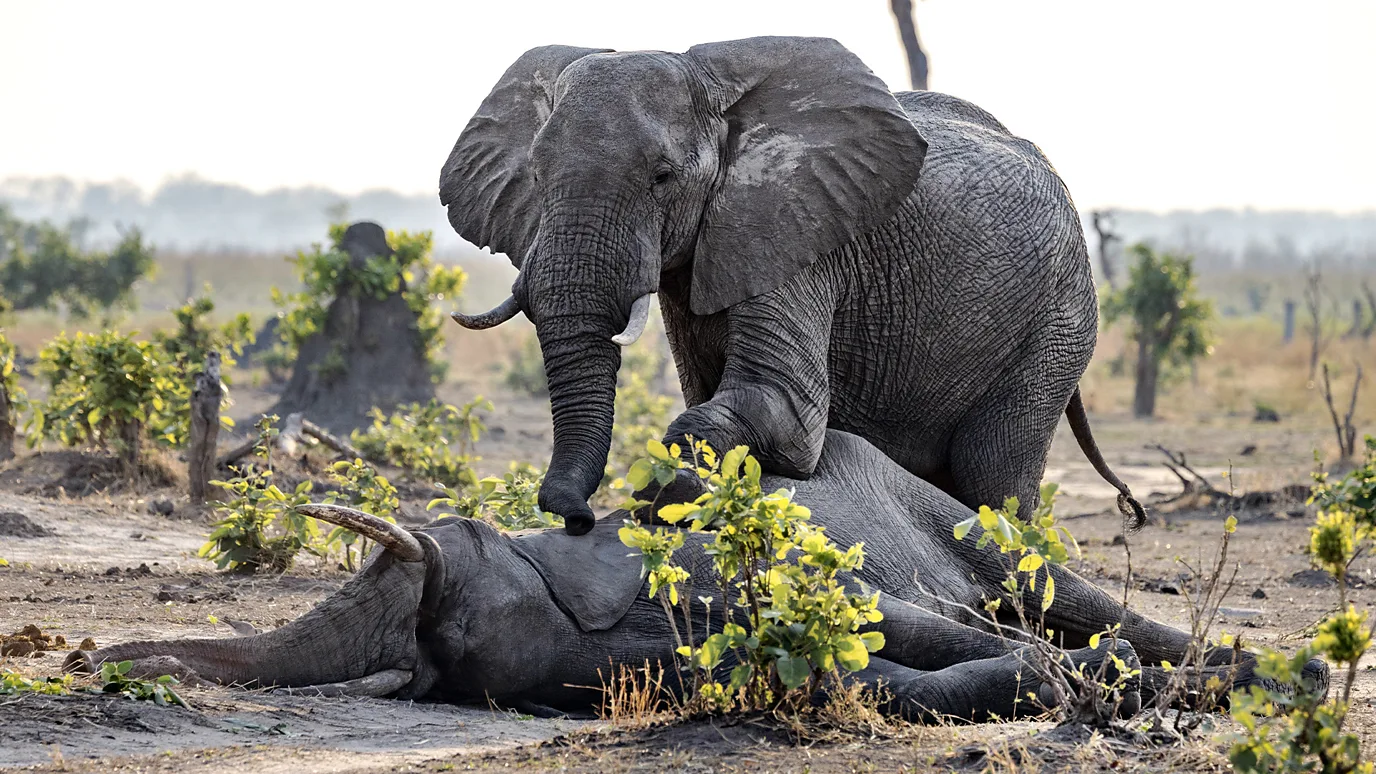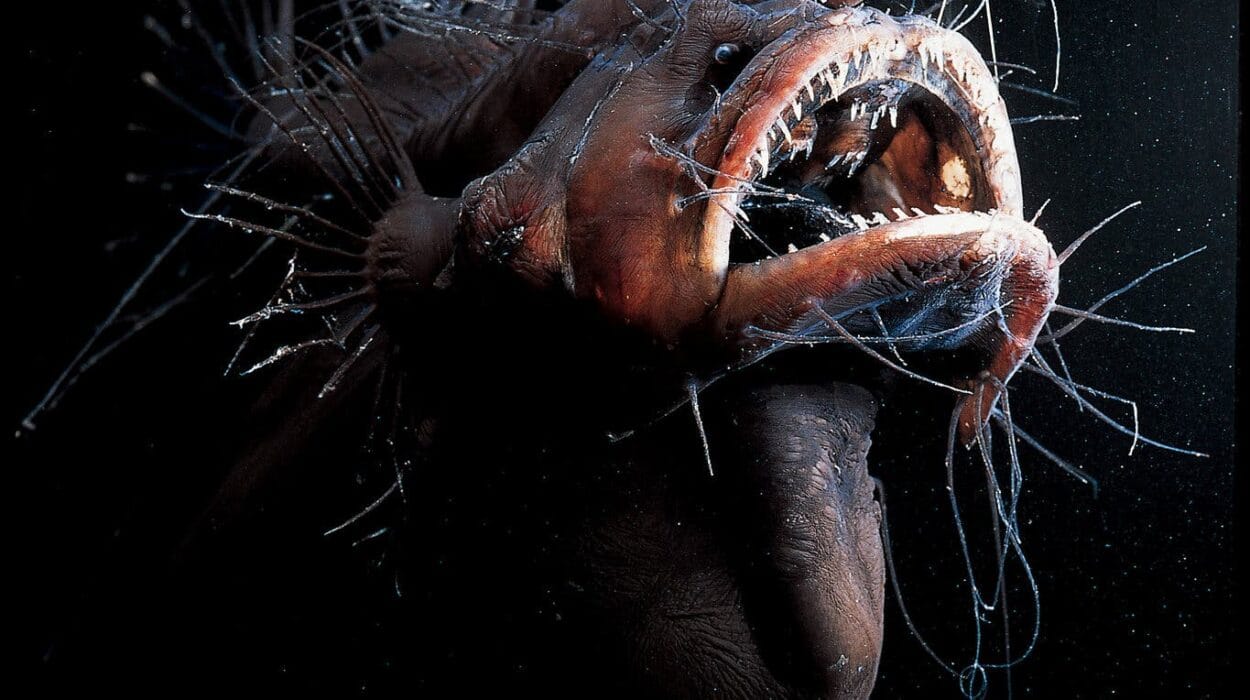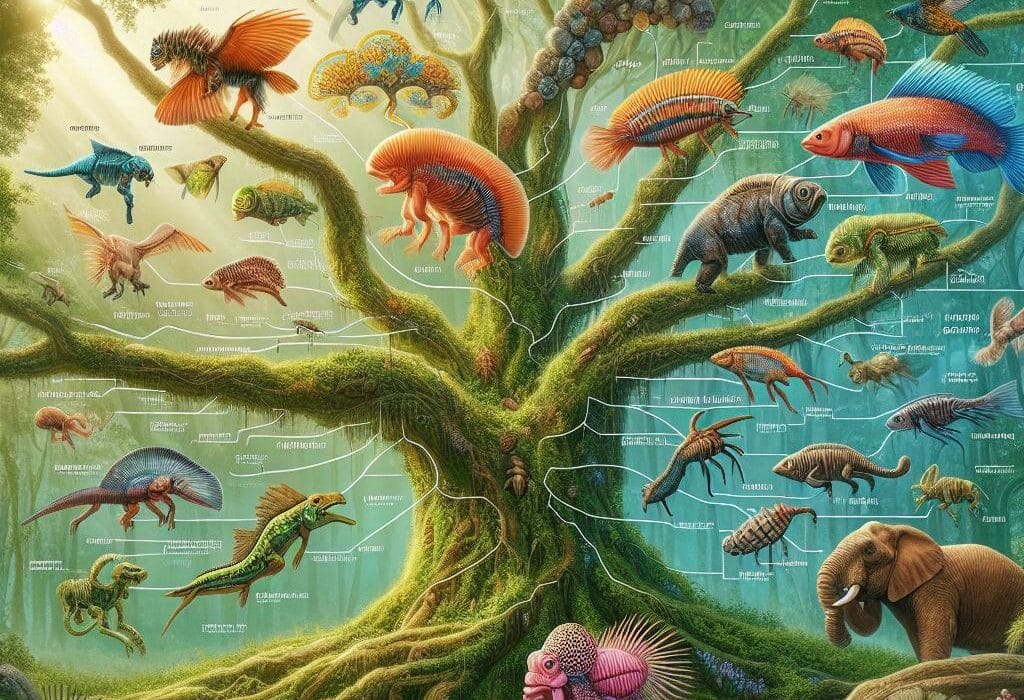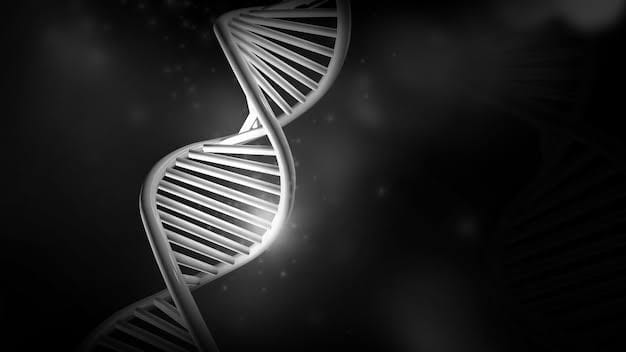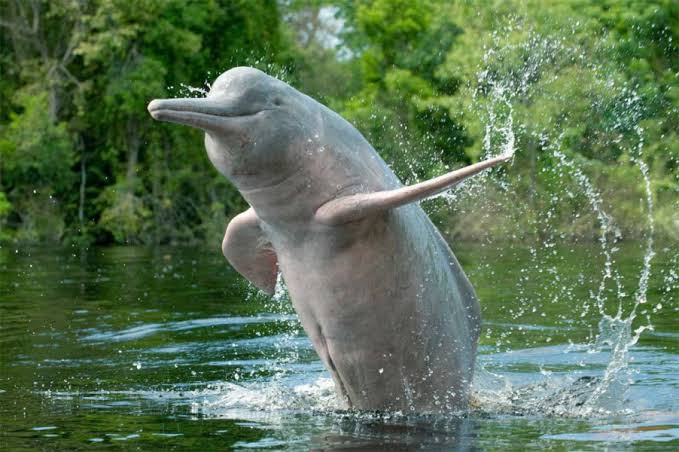In the golden light of an African sunset, a herd of elephants stands solemnly around a fallen companion. The mood is palpable, an almost sacred stillness as the massive animals gently touch the body of their deceased relative with their trunks. They linger, circling in a slow, deliberate manner, their large eyes reflecting an unmistakable sadness. The scene feels deeply human: the quiet reverence, the collective grief, the profound connection to a life now extinguished. But these are not humans; they are elephants, and this is not a mere social ritual—it is the expression of a complex, emotional response to death.
For centuries, humans have observed these majestic creatures behaving in ways that strongly suggest a deep, emotional connection to their dead. But until relatively recently, the scientific community was hesitant to fully acknowledge that animals could experience grief. The idea that elephants—largely viewed through the lens of their intelligence and complex social structures—could mourn their dead was met with skepticism. How could such an emotionally complex phenomenon be understood in terms of animal behavior?
In this article, we will explore the fascinating and scientifically rich world of elephant mourning rituals. Using years of research, field observations, and expert analysis, we will uncover the scientific evidence that suggests that elephants do indeed mourn the loss of their loved ones in ways that mirror human grief.
Elephant Social Structure: The Roots of Compassion
To understand the depth of an elephant’s mourning process, we must first examine the structure of their social world. Elephants are not solitary creatures; they are deeply social beings, living in tight-knit herds primarily led by matriarchs—usually the oldest and wisest female in the group. These herds are composed of a complex network of family members, all of whom share a deep bond with one another. The relationships within elephant herds are not simply functional; they are emotionally rich, with the animals demonstrating behaviors that suggest they care for one another in profound ways.
Female elephants typically stay within the same herd throughout their lives, while males leave when they reach adolescence. The maternal bonds within these herds are particularly strong, and the death of a family member—especially a matriarch—can have significant emotional repercussions for the group. Elephants depend on their social bonds for survival, cooperation, and protection, and losing a loved one can feel like a rupture in the very fabric of their existence.
Researchers have found that elephants have a remarkable memory, which plays a crucial role in their mourning behaviors. They can recognize individual elephants even after many years apart, and the loss of a family member is not something they simply “forget.” Instead, elephants seem to process and experience grief in a way that reflects a deep understanding of the importance of those relationships.
A Journey to the Grave: The Rituals of Mourning
Elephant mourning rituals are among the most extraordinary behaviors observed in the animal kingdom. When an elephant dies, especially within the close-knit family group, the herd’s response is far from casual. The first indication that elephants are experiencing mourning comes from their interactions with the body of the deceased.
One of the most compelling behaviors is the way elephants interact with the carcass of their dead family member. In some cases, the elephants will gently caress the body with their trunks, as though trying to comfort or pay their respects. This is not merely curiosity; it is a deliberate act that suggests an emotional connection. In some cases, they will even cover the body with earth and branches, as though trying to protect it or hide it from view. This act of “covering” is incredibly significant, as it seems to reflect an attempt to deal with the presence of death in their midst.
What is most striking, however, is how elephants behave around the remains of the dead. It’s not just a single animal that reacts to the loss, but the entire herd. Researchers have documented elephants returning to the body of a deceased companion for days, even weeks after the death. They may stand vigil, quietly observing the body or the grave site, and in some cases, they appear to mourn with overt signs of distress—whining, rumbling, and even shedding tears.
Such behavior is not limited to elephants who have died within the herd. Elephants have also been observed reacting to the bodies of elephants from other herds. In one remarkable instance in Amboseli National Park, elephants were seen paying respects to a deceased elephant that had been killed by poachers. The elephants spent hours near the body, gently probing the carcass with their trunks and staying close for a considerable amount of time. In some cases, the elephants appeared to show what looked like sadness or anxiety—behavior that, in humans, would be described as mourning.
The Science Behind Elephant Grief: What Research Tells Us
To truly understand why elephants mourn, scientists have turned to a combination of field research, behavioral observation, and neurobiological studies. The scientific community has come to recognize that mourning is not an exclusively human phenomenon, but rather one that extends to other intelligent, social animals.
One of the key areas of research that supports the idea of elephant mourning is the work done by Dr. Joyce Poole, a renowned elephant behaviorist and co-founder of ElephantVoices, an organization dedicated to the study and conservation of elephants. Dr. Poole has spent decades observing elephants in the wild and documenting their social behaviors. Her studies have revealed that elephants exhibit behaviors of grief that are far too complex to be dismissed as mere reaction to death. They actively engage with the deceased body, expressing a range of emotions—grief, confusion, sadness, and even anger—through body language and vocalizations.
Other studies have also supported the notion that elephants experience complex emotions related to death. For example, in a 2006 study published in the Journal of Comparative Psychology, researchers observed that elephants exhibited distress when they encountered the remains of dead elephants. Some elephants displayed signs of distress such as raised trunks, low-frequency rumbles, and intense attention to the body or grave site. These behaviors were interpreted as signs of mourning and an indication that elephants understand the permanence of death and the absence of a loved one.
Furthermore, brain studies have shown that elephants have the necessary neural architecture for complex emotional responses. Their limbic systems—the part of the brain associated with emotional processing—are highly developed, allowing for the deep emotional bonds that form the foundation for their mourning behaviors.
Memory and Loss: The Role of Elephant Memory in Grief
Memory plays a crucial role in how elephants process death. As anyone who has ever experienced grief knows, remembering the deceased is a central part of mourning. For elephants, their extraordinary memory becomes an important tool in how they deal with loss.
Elephants can recognize individual family members even after many years of separation. This ability is rooted in their remarkable hippocampus, the brain structure involved in memory formation. When an elephant dies, it’s not simply the physical presence of the animal that is missed; it’s the mental and emotional connection that remains embedded in the herd’s collective memory.
Field studies have documented elephants returning to places where their deceased companions have been buried, sometimes years after the event. In some cases, they will revisit the site and stand quietly, as if remembering the life that once existed. In other instances, elephants will seem to mourn in specific locations, such as near a tree or rock that the deceased had frequented, as if seeking to reconnect with the memory of their loved one.
The strong memory of elephants seems to suggest that they understand death not only in the moment but as a permanent absence. This deep cognitive processing of death is likely a significant factor in their mourning behavior, as elephants do not seem to simply “move on” but instead continue to carry the emotional weight of their loss.
Grief Beyond the Herd: Elephants’ Relationships with Other Species
In some cases, elephants have been observed mourning not just their own kind, but other species as well. This is another remarkable facet of elephant mourning—an indication that their emotional bonds extend beyond the limits of their own species. Elephants have been documented interacting with the remains of other animals, including giraffes, rhinoceroses, and even buffalo. In one particularly striking instance, elephants were observed gently touching and examining the body of a dead rhinoceros for an extended period, as though paying their respects.
Such behaviors suggest that elephants may have an empathetic capacity that allows them to understand and react to the loss of other creatures, even if they are not part of their social group. This could be interpreted as evidence of a broader, more inclusive form of mourning—a recognition that life, and death, transcend the boundaries of individual species.
The Human Connection: What Elephant Mourning Tells Us About Ourselves
As we reflect on the mourning behaviors of elephants, it’s impossible not to draw parallels with our own experiences of grief. In many ways, the mourning rituals of elephants serve as a reminder that we are not as unique in our emotions as we might like to believe. The emotional lives of animals, especially those as intelligent and socially complex as elephants, are rich with meaning and depth. Their mourning rituals suggest that, like humans, elephants experience loss as an emotional and cognitive event, and they respond to it with empathy, sensitivity, and respect.
The recognition of grief in animals like elephants challenges the way we think about the emotional lives of other species. It invites us to reconsider the boundaries of intelligence, consciousness, and emotional complexity. Elephants, through their mourning behaviors, teach us that grief is not confined to humans—it is a universal experience that binds us together, regardless of species.
Conclusion: The Enduring Legacy of Elephant Grief
The sight of elephants mourning their dead is a powerful reminder of the complexity of life, death, and emotion in the natural world. As we continue to study these magnificent creatures, we are reminded that they are not simply “other” animals, but beings whose experiences are rich, multifaceted, and worthy of respect. Their mourning behaviors show us that grief is not an isolated human experience, but a shared, fundamental aspect of life itself.
Through the lens of elephant mourning, we see a profound lesson about the interconnectedness of all living beings—a lesson that not only reshapes our understanding of elephants but deepens our understanding of our own emotional lives.
